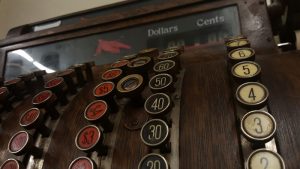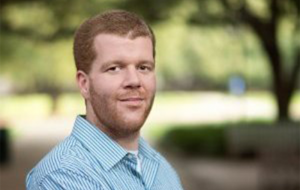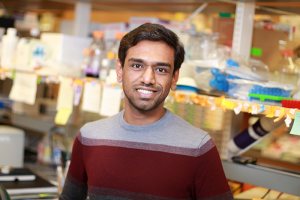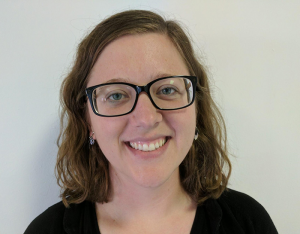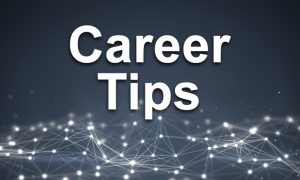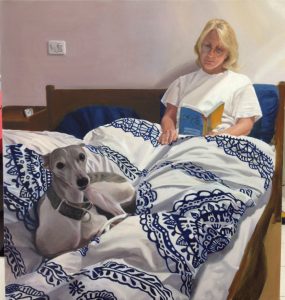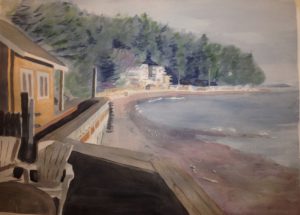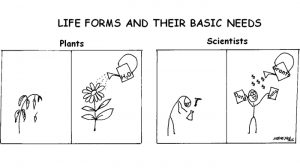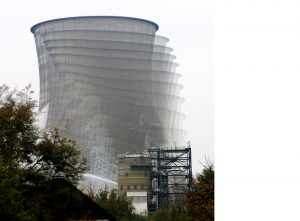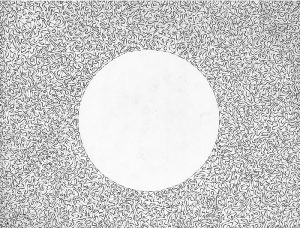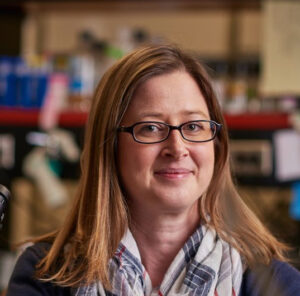Enter your address to receive notifications about new posts to your email.
Community Voices
-
Community Voices
Is science of value?
I had hoped that it would be a bit of cheery news that dragged me out of retirement from this blog to subject you to another edition of frameshifts. Alas, no. Instead it is the war on science that compels me again to set electrons to screen. The narrative that has become popular in some…
-
Community Voices
Early Career Scientist Leadership Spotlight — Thomas Clements
We’re taking time over the following weeks to get to know the members of the GSA’s Early Career Scientist Committees. Join us every week to learn more about our early career scientist advocates. Thomas Clements Policy Subcommittee Liaison Rice University Research Interest: My work is focused on improving gene editing…
-
Community Voices
Early Career Scientist Leadership Spotlight — Sumeet Nayak
We’re taking time over the following weeks to get to know the members of the GSA’s Early Career Scientist Committees. Join us every week to learn more about our early career scientist advocates. Sumeet Nayak Communication & Outreach Subcommittee Co-Chair University of Massachusetts Medical School Research Interest: My research interest…
-
Community Voices
Early Career Scientist Leadership Spotlight — Alison Gerken
We’re taking time over the following weeks to get to know the members of the GSA’s Early Career Scientist Committees. Join us every week to learn more about our early career scientist advocates. Alison Gerken Communication & Outreach Subcommittee Liaison United States Department of Agriculture Research Interest: I am working to…
-
Community Voices
Postbaccalaureate Training Enhances Preparation for Graduate School
Guest post by Lynn S. Villafuerte. The first post in our new Career Tips series explores a way for students to increase their competitiveness and preparation for graduate training. If you are considering PhD training, an essential first step is to assess your fit and competitiveness for graduate school. As part of this assessment, you should identify…
-
Community Voices
GSA-Art: Adi Salzberg
GSA-Art features the creative works of scientists, particularly geneticists. Read more about the series from GSA President Stan Fields. If you would like to submit your own work or nominate someone else’s, please send an email GenesToGenomes@genetics-gsa.org with “GSA-Art” in the subject line. Adi Salzberg is an Associate Professor at the Technion-Israel Institute of Technology, where she studies PNS development in…
-
Community Voices
GSA-Art: Douglas Bishop
GSA-Art features the creative works of scientists, particularly geneticists. Read more about the series from GSA President Stan Fields. If you would like to submit your own work or nominate someone else’s, please send an email GenesToGenomes@genetics-gsa.org with “GSA-Art” in the subject line. Douglas Bishop is a professor in the Department of Radiation and Cellular Oncology and the Department of Molecular…
-
Community Voices
GSA-Art: Irene Yan
Guest post by Irene Yan. GSA-Art features the creative works of scientists, particularly geneticists. Read more about the series from GSA President Stan Fields. If you would like to submit your own work or nominate someone else’s, please send an email GenesToGenomes@genetics-gsa.org with “GSA-Art” in the subject line. My family is very into comics and cartoons. My mother introduced us to…
-
Community Voices
GSA-Art: Minou Nowrousian
Guest post by Minou Nowrousian. GSA-Art features the creative works of scientists, particularly geneticists. Read more about the series from GSA President Stan Fields. If you would like to submit your own work or nominate someone else’s, please send an email GenesToGenomes@genetics-gsa.org with “GSA-Art” in the subject line. I work at the Ruhr-University Bochum, Germany, and the main topics of my…
-
Community Voices
GSA-Art: Daniel Friedman
Guest post by Daniel Friedman. GSA-art features the creative works of scientists, particularly geneticists. Read more about the series from GSA President Stan Fields. If you would like to submit your own work or nominate someone else’s, please send an email GenesToGenomes@genetics-gsa.org with “GSA-Art” in the subject line. Inspirations The world around us is flush with patterns. My favorite way to…
-
Community Voices
GSA steps up its focus on early career scientists
Sonia Hall is working with the GSA in a newly-created role as Program Director for Early Career Scientist Engagement. Executive Director Tracey DePellegrin spoke with Sonia about why focusing on helping this group of scientists is so important, including plans to start a GSA steering committee led by graduate students & postdocs. Sonia received her…

